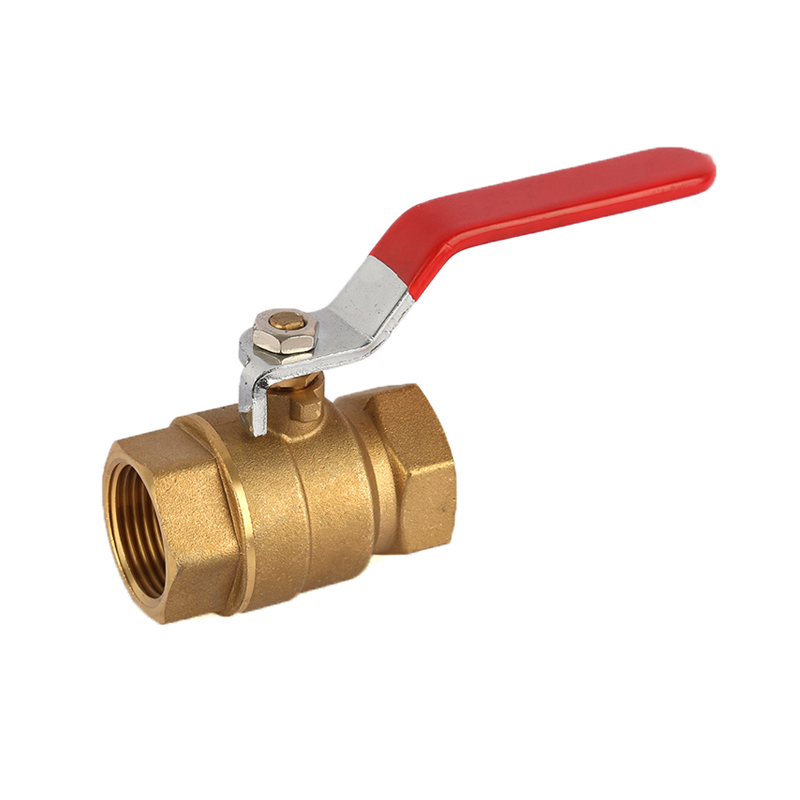One of the primary contributions of
ball valves is their ability to provide reliable sealing and leak-proof operation. The design of a ball valve involves a spherical ball with a hole (bore) through its center. When the ball is rotated to align the bore with the flow path, fluid can pass through the valve. Conversely, rotating the ball 90 degrees blocks the flow, creating a tight seal. This design feature, combined with resilient sealing materials such as PTFE or elastomers, ensures excellent sealing capabilities and prevents leakage even under high-pressure conditions. The reliable sealing of ball valves makes them well-suited for critical applications where leakage is not acceptable, ensuring system integrity and preventing costly downtime or environmental hazards.
ball valves offer excellent flow control capabilities, allowing precise regulation of fluid flow rates. The full-bore design of ball valves ensures minimal flow restriction when the valve is fully open, resulting in low pressure drop across the valve. This characteristic makes ball valves particularly suitable for applications where low flow resistance and high flow capacity are required. Furthermore, the quarter-turn operation of ball valves enables quick and responsive flow control, facilitating efficient process adjustments. The inherent flow control characteristics of ball valves contribute to improved system efficiency, reduced energy consumption, and enhanced overall performance in industrial applications.
ball valves are renowned for their low maintenance requirements and long service life. The simplicity of their design, with fewer moving parts compared to other valve types, minimizes the potential for wear and reduces the need for frequent maintenance or repairs. The robust construction and materials used in ball valves, such as stainless steel, brass, or high-performance alloys, enhance their durability and resistance to corrosion, erosion, and wear. These attributes make ball valves suitable for demanding environments and ensure reliable operation over extended periods, reducing downtime and maintenance costs.
When selecting a ball valve for a specific industrial system, several factors need to be considered to ensure compatibility and optimal performance. These factors include:
1. Application Requirements: Understanding the specific fluid characteristics, such as temperature, pressure, viscosity, and corrosiveness, is crucial in selecting the appropriate ball valve. Different applications may require valves with specific materials, coatings, or lining options to ensure compatibility and performance.
2. Valve Size and Pressure Rating: Choosing the correct valve size and pressure rating is essential to ensure efficient flow control and prevent overloading of the valve. Consider the flow requirements, system pressure levels, and any potential pressure fluctuations when selecting the valve size and pressure rating.
3. End Connections: The selection of suitable end connections, such as threaded, flanged, or welded connections, depends on the system's piping configuration, compatibility with existing infrastructure, and ease of installation.
4. Valve Operation: Consider the preferred method of valve operation, such as manual, electric, pneumatic, or hydraulic actuation, based on the system's requirements and automation needs. Each actuation method offers different advantages in terms of control, speed, and remote operation.

